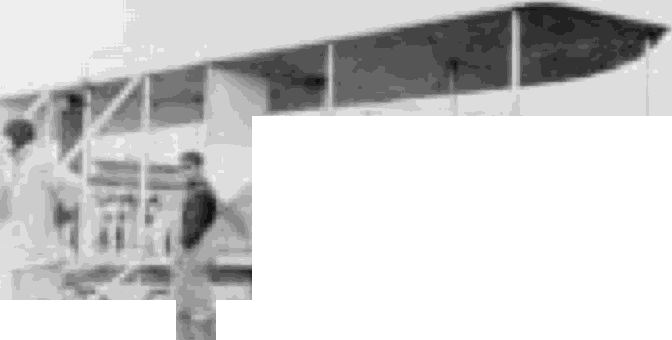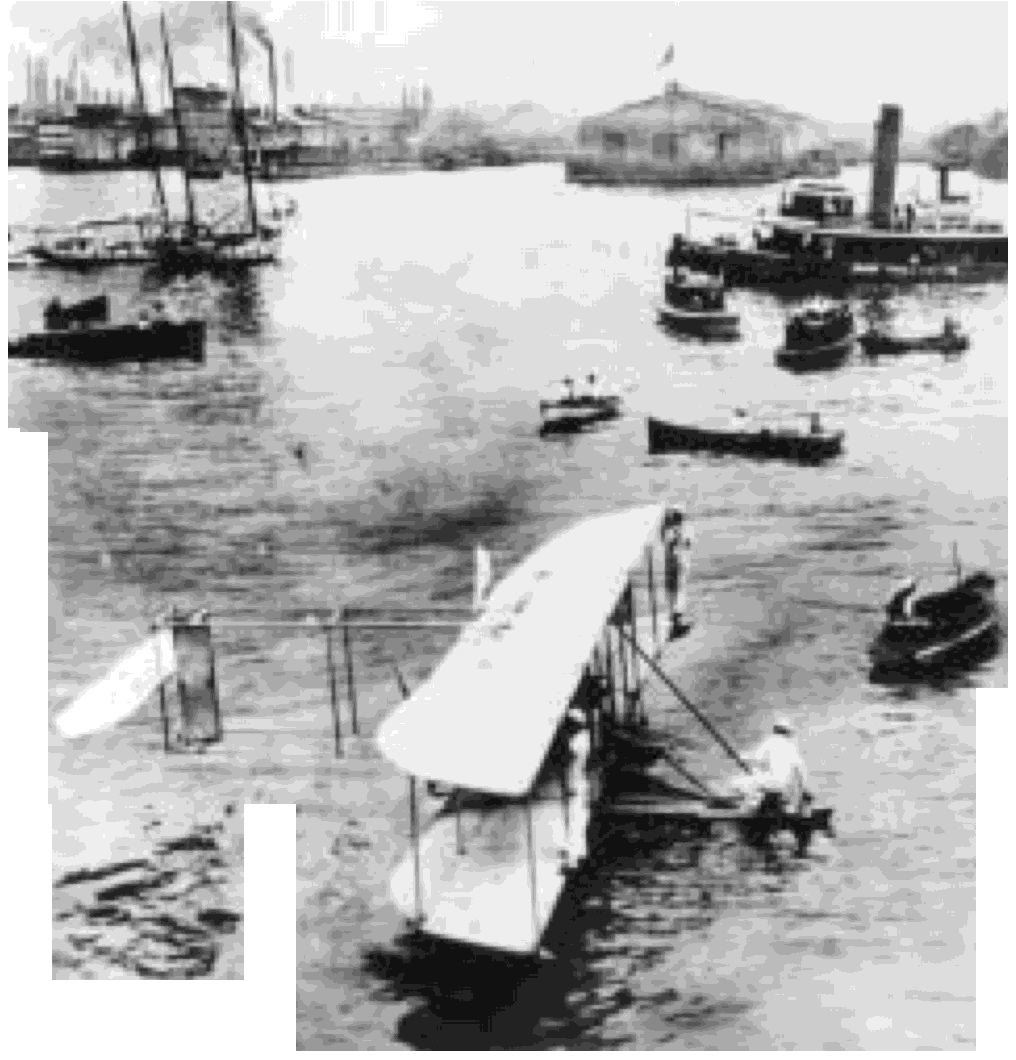

8
UNITED STATES NAVAL AVIATION
1910-1995
1911-Continued
-
..--
ill
- -
Herbstel; Rodgers and Wiegand with
B-1 1053801
(NHF)
na, reeled out after take-off, was found to be too
weak, and no definite results were obtained.
26 December
Search for a shipboard launching
device continued as Captain Washington 1. Chambers
reported that the Bureau of Ordnance was interested in
experimenting with a catapult for launching aeroplanes
somewhat after the manner of launching torpedoes.
29 December
The aviators at Annapolis, Md., were
ordered to transfer with their equipment to North
r
--............-.
Na vy Wljght,
B-1
after installation of pontoon 428225
Island, San Diego, Calif. to set up an Aviation Camp
on land offered for the purpose by Glenn H. Curtiss.
1912
9 March
Interest in steel and aluminum as aircraft
structural materials was evident in a letter from
Assistant Naval Constructor Holden C. Richardson,
who wrote to Captain Washington 1. Chambers, "From
all I can gather, there is little doubt that much greater
confidence would be felt if pontoons were constructed
with a metal skin. . . . It would be unwise to make any
requisition for such a construction until a practically
standard design has been developed."
11 March
An early, if limited, interest in the heli-
copter was shown as the Secretary of the Navy autho-
rized expenditure of not more than $50 for developing
models of a helicopter design proposed by Chief
Machinist's Mate F.E. Nelson of
West Virginia
(Armored Cruiser No.5). The Secretary's accompany-
ing policy implication was followed with a few excep-
tions for the next 30 years: "The Department recog-
nizes the value of the helicopter principle in the
design of naval aircraft and is following closely the
efforts of others in this direction."
23 March
Chief Electrician Howard E. Morin con-
ducted experiments with wireless at Mare Island Navy
Yard, San Francisco, Calif., in which he made transmis-
sions from a dummy airplane fuselage hoisted to a
height of 85 feet, which were received by a station at
Point Richmond, Calif., 20 miles distant.
22 May
1 st Lieutenant Alfred A. Cunningham,
USMC, the first Marine Corps officer assigned to flight
instruction and later designated Naval Aviator No.5,
reported to the Superintendent of the Naval Academy
for "duty in connection with aviation" and subsequent-
ly was ordered to the Burgess Company at Marble-
head, Mass., for flight instruction. This date is recog-
nized as the birthday of Marine Corps aviation.
21 June
Lieutenant Theodore G. Ellyson ascended
900 feet over Annapolis, Md. in 3 minutes and 30 sec-
onds in the A-I.
I
J
20 July
Comparative tests of Wright steel wire and
Monel wire were conducted at Engineering
Experiment Station Annapolis, Md., by the Aviation
Camp. These, the earliest recorded Navy tests of air-
craft structural materials, showed the Monel wire to be
both free of corrosion and 50 percent stronger than
the steel wire.
 |
8 |
 |